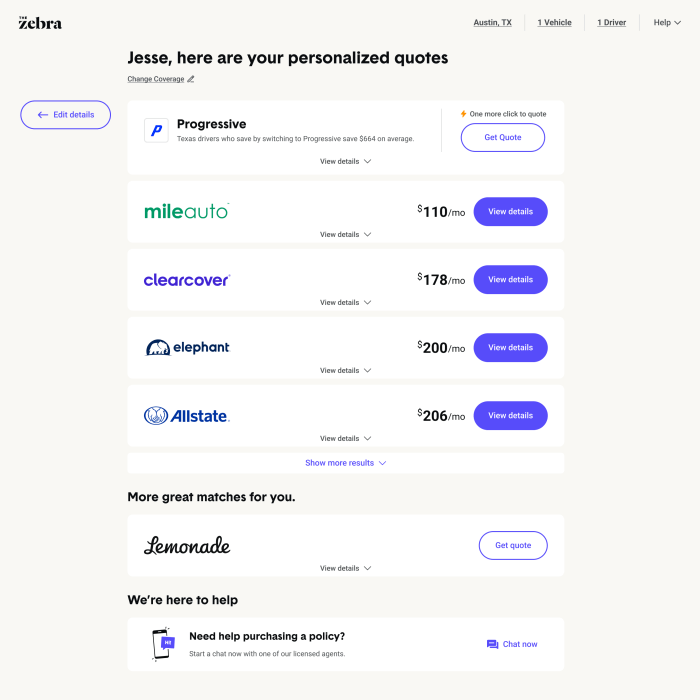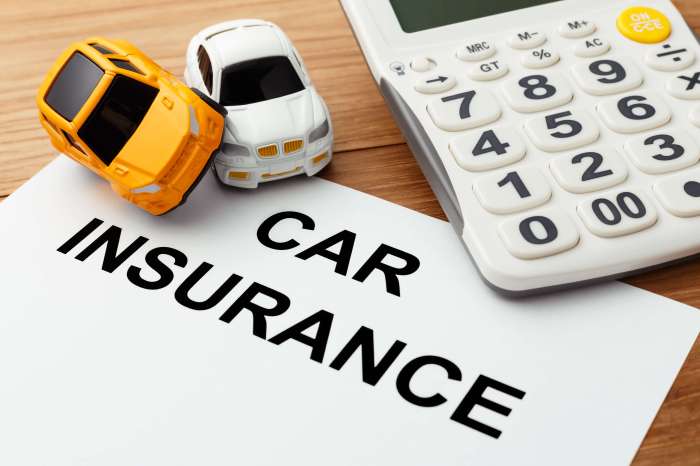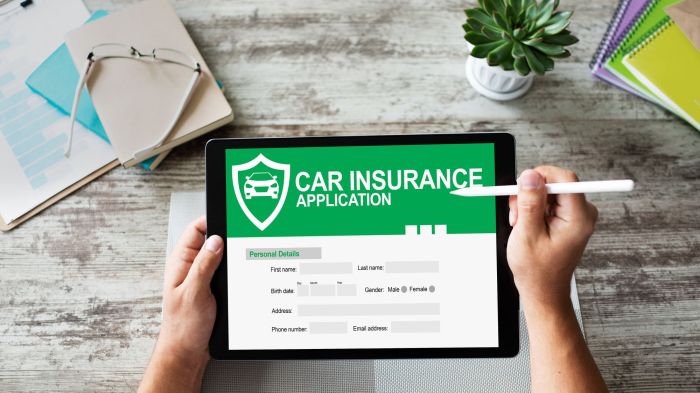Navigating the world of car insurance can feel like driving through a dense fog. Understanding car insurance quotes is the first crucial step towards securing the right coverage at the best price. This guide demystifies the process, providing clear explanations and practical advice to help you confidently compare quotes and make informed decisions about your auto insurance.
From understanding the different types of quotes available and the factors influencing their price, to effectively comparing offers from various providers and choosing the optimal policy, we’ll cover all the essential aspects. We’ll also explore the various coverage options, helping you determine the level of protection best suited to your needs and budget.
Understanding Insurance Coverage

Choosing the right car insurance coverage can feel overwhelming, but understanding the different types available is crucial for protecting yourself financially in the event of an accident or unforeseen circumstances. This section will clarify the key coverage options, providing examples and cost comparisons to help you make an informed decision.
Liability Coverage
Liability coverage protects you financially if you cause an accident that injures someone or damages their property. It covers the costs of medical bills, lost wages, and property repairs for the other party involved. The amount of liability coverage you carry is typically expressed as a three-number limit, such as 25/50/25. This means $25,000 per person for bodily injury, $50,000 total for bodily injury per accident, and $25,000 for property damage. For example, if you cause an accident resulting in $30,000 in medical bills for one person, your $25,000 liability coverage would only cover that portion, leaving you responsible for the remaining $5,000. Higher liability limits offer greater protection but also come with a higher premium.
Collision Coverage
Collision coverage pays for repairs or replacement of your vehicle if it’s damaged in an accident, regardless of who is at fault. This is particularly beneficial if you’re involved in a single-car accident or if the other driver is uninsured or underinsured. For instance, if you hit a deer or slide on ice and damage your car, collision coverage will help cover the repair costs. The deductible you choose (the amount you pay out-of-pocket before the insurance kicks in) will significantly affect the premium. A higher deductible means lower premiums, but you’ll pay more upfront in the event of a claim.
Comprehensive Coverage
Comprehensive coverage protects your vehicle against damage from events other than collisions, such as theft, vandalism, fire, hail, or damage from animals. Imagine your car is damaged by a falling tree branch during a storm, or your car is broken into and your stereo is stolen. Comprehensive coverage would help cover the repair or replacement costs. Similar to collision coverage, the deductible influences the premium.
Cost Comparison of Coverage Levels
The cost of car insurance varies significantly depending on several factors including your driving record, location, age, the type of car you drive, and the coverage levels you choose. Generally, higher coverage limits and lower deductibles result in higher premiums. For example, a driver with a clean driving record in a low-risk area might pay significantly less for minimum liability coverage compared to a driver with multiple accidents and a higher-risk profile who opts for higher liability limits and comprehensive coverage. It is advisable to obtain quotes from multiple insurers to compare prices and coverage options. A simple illustration: Minimum liability coverage might cost $500 annually, while full coverage with higher limits could cost $1500 annually – a substantial difference.
Benefits of Adding Optional Coverage
Several optional coverages can enhance your protection beyond the standard options. Uninsured/Underinsured Motorist coverage protects you if you’re injured by an uninsured or underinsured driver. Rental reimbursement coverage helps cover the cost of a rental car while your vehicle is being repaired after an accident. Roadside assistance coverage provides services such as towing, flat tire changes, and jump starts. Adding these optional coverages can provide peace of mind, but they will increase your overall premium. The decision of whether to add optional coverages depends on your individual needs and risk tolerance.
Illustrative Examples of Insurance Scenarios

Understanding insurance coverage is best done through practical examples. The following scenarios illustrate the importance of various types of coverage and how they can protect you in different situations.
Comprehensive Coverage: Hailstorm Damage
Imagine a severe hailstorm pummels your brand-new car, leaving your vehicle with significant damage to the windshield, dents across the hood and roof, and broken taillights. Repair costs are estimated at $8,000. Comprehensive coverage, which protects against damage not caused by a collision, would cover these repairs, minus your deductible. Assuming a $500 deductible, your insurance company would pay $7,500 towards the repair costs. This scenario highlights the financial protection comprehensive coverage offers against unexpected events like natural disasters.
Uninsured/Underinsured Motorist Coverage: Hit and Run
You’re stopped at a red light when another car, driven by an uninsured driver, rear-ends your vehicle. The impact causes significant damage to your car, requiring $10,000 in repairs, and you suffer whiplash, resulting in $5,000 in medical bills. The at-fault driver has no insurance to cover your damages. Uninsured/underinsured motorist coverage steps in, compensating you for your vehicle repairs and medical expenses, up to your policy limits. This coverage is vital because it protects you from financial ruin in cases where the at-fault driver lacks sufficient insurance.
Liability Coverage: Accident at an Intersection
You are making a left turn at an intersection and fail to yield to oncoming traffic, resulting in a collision with another vehicle. The other driver sustains injuries requiring extensive medical treatment, totaling $25,000. Their vehicle also requires $7,000 in repairs. Your liability coverage pays for the other driver’s medical bills and vehicle repairs. Without liability coverage, you would be personally responsible for these significant costs, potentially leading to financial hardship. This illustrates the crucial role liability insurance plays in protecting you from the financial consequences of accidents you cause.
Ultimate Conclusion

Securing affordable and comprehensive car insurance is a vital aspect of responsible vehicle ownership. By understanding the nuances of car insurance quotes, you can effectively navigate the process, compare options, and choose a policy that aligns with your specific requirements and financial capabilities. Remember, informed decisions lead to better protection and peace of mind on the road.
Top FAQs
What is the difference between liability and collision coverage?
Liability coverage pays for damages you cause to others’ property or injuries you inflict on others in an accident. Collision coverage pays for repairs to your vehicle, regardless of who is at fault.
How long are car insurance quotes valid for?
The validity period varies by insurer, but generally, quotes are valid for a short period, often 30-60 days. Factors like changes in your driving record or vehicle information can invalidate a quote.
Can I get a quote without providing my driving history?
No, insurers require your driving history to assess risk and determine your premium. Providing accurate information is crucial for getting an accurate quote.
What happens if I make a claim after receiving a quote?
Your insurer will review your claim and may adjust your premium based on the details of the incident. It’s important to report all accidents to your insurer promptly.